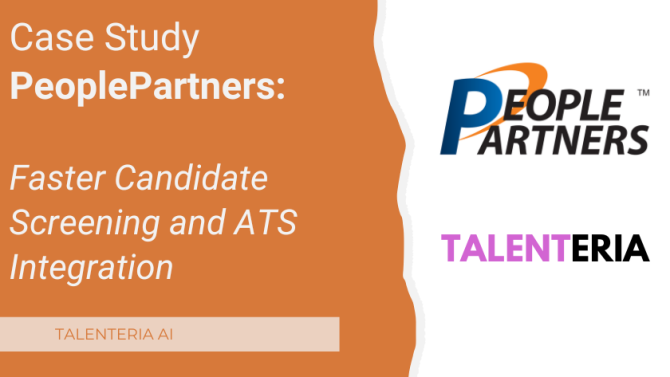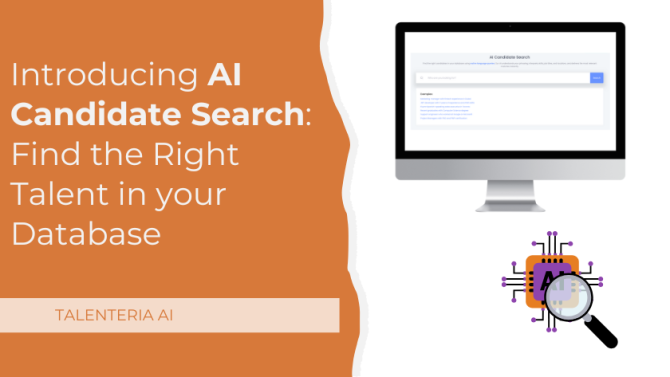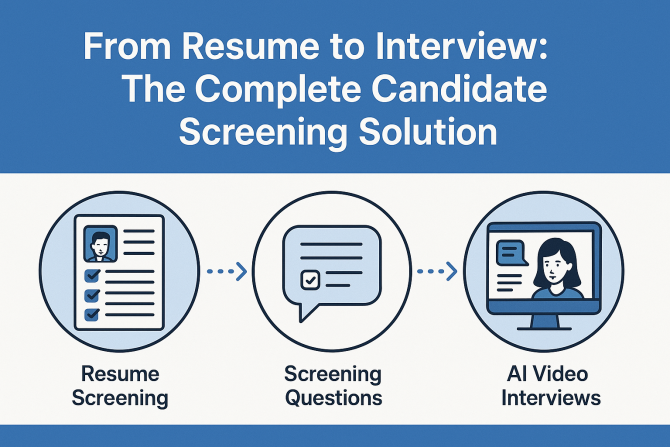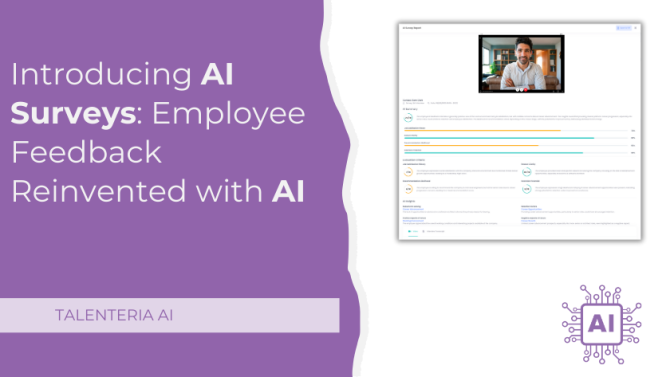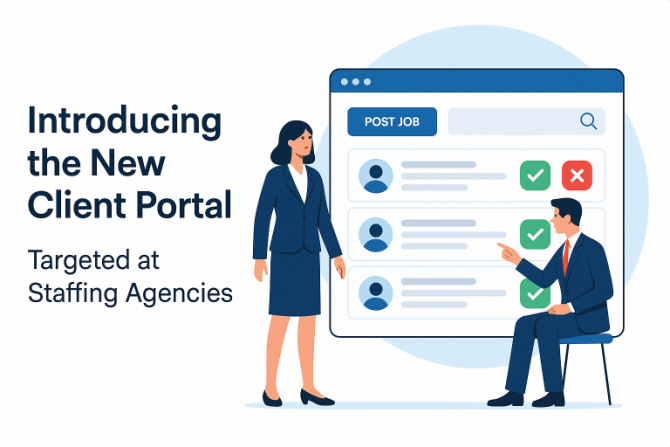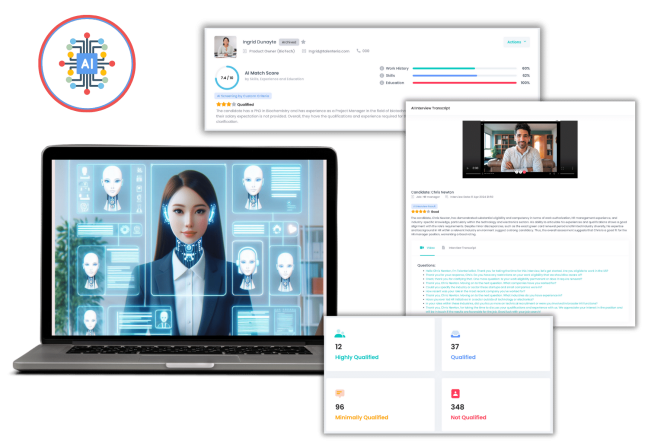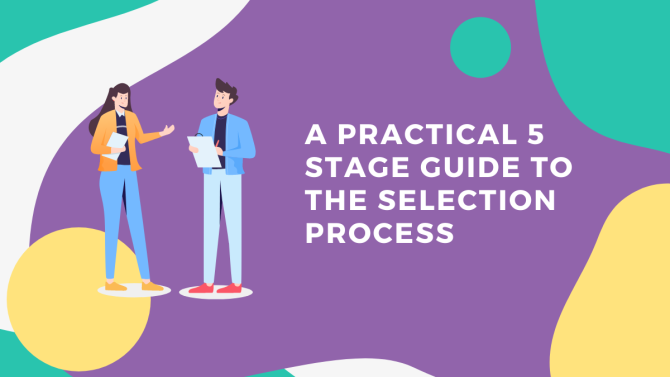
The selection process is designed to identify and hire the most acceptable applicants for job openings. This may differ from one industry and company to another, but every organization develops its own selection strategy to meet its specific needs. To help you create your own, we’ve provided a sample!
The First Stage: Receiving and Screening Applications
Start your company’s search through receipt and screening.
Posting Applications and Receiving Job Seekers
Candidates can apply after the posting of job vacancies begins. The application informs interviewers about the job seeker’s bio-data, prior job experiences, hobbies, etc. This information assists the interviewer in gaining a thorough understanding of the applicant and creating questions to get additional information.
Screening Applicants Through Various Pre-Selection Tools
Pre-selection is a good screening method for clearing out potential failed applicants. These tools offer evaluations such as cognitive testing, intelligence tests, aptitude tests, proficiency tests, personality tests, and others.
These prior selection tests are frequently used for functions with a significant amount of applicants. A customer service representative, for example, can be evaluated on their vocal tonality and conversational skills.
Screening Using the Resume
This is the most well-known procedure that aids in determining whether applicants meet the job requirements. For example, if your company needs 3+ years of job-related experience and a recent graduate applies, you can simply eliminate this applicant. An individual's age, gender, qualification, and experience could be used as shortlisting criteria.
Screening via Phone Call
A phone call is frequently conducted following the previous step. The objective of the phone call method of screening is to decide whether the applicant deserves to be interviewed. So, there's no need to call candidates with impressive resumes that you’re sure you want to meet in an interview. You can also walk the applicant through a questionnaire that contains topics like salary demands, commitment such as full time or shift, start date, and so on.
The Second Stage: Interview
Among the entire selection process, the interview is the most anticipated stage. It’s where you or the recruiter interviews the applicant to determine their suitability for the job. This provides considerable details into the job seeker’s language comprehension and also allows the employer to evaluate the applicant through relevant questions.
An interview allows the company to obtain a more comprehensive view of the applicant's career progression. Employers can utilize various inquiry techniques based on what they are trying to evaluate. A few common ones are:
Behavior-Based Interview (BBI)
The applicant’s ability to handle particular task scenarios is tested through behavioral interviews. Their answers are a great predictor of future behavior in similar situations.
Group Interview
This method involves many applicants being evaluated simultaneously; it is frequently utilized when the company is recruiting employees for multiple vacancies.
Panel Interview
During a panel, the applicant will be interviewed by numerous interviewers from your company and an outside organization. This selection process aims to decrease the likelihood of choosing a poor applicant.
Planning is crucial for a successful process of selection. The STAR setup is an efficient method of interviewing:
Situation - Recognize how they establish the tone for the event by offering background information.
Task - Wait for them to explain their involvement in the task.
Action(s) - Inquire about the steps they took to fix the situation.
Result(s) - Ask what the result of their actions was.
The Third Stage: Selection Tests
Selection tests or “work tests” are done to examine the candidate’s reaction when they’re already on the job. Knowing how the applicant will react to situations that replicate the tasks and problems that may arise helps the interviewer assess the applicant’s qualifications, experience, and skills. These tests will also give the candidate an idea of their responsibilities once they are accepted into the company.
However, you should be aware of these tests’ relevance and validity: be sure to analyze the job’s tasks properly and know the appropriate reaction you should expect.
A medical exam is also frequently prepared prior to choosing the candidate; it assists employers in determining whether any of the potential job seekers are physically and mentally prepared to complete their obligations to their professions. The exam isn’t predetermined and can occur at any point during the process.
The Fourth Stage: Identity Verification
To provide information about the applicant’s abilities, previous experience, if any, and leadership and managerial ability, verification of the applicant’s identity is necessary. These references could also come from the academic institution where the individual concluded their studies or their past employment where they previously worked.
For instance, a certificate of good behavior or absence of criminal records is required for faculty roles and other employment that require a significant level of accountability towards society.
The Fifth and Final Stage: Decision and Job Offering
Congratulations! You've finally identified the perfect candidate after a thoroughly organized selection process for new employees. When choosing the prime candidate, remember to select those with the best opportunity for growth. This often entails identifying a less competent but dedicated applicant who plans to grow within the firm for a longer period.
Now, it’s time to inform the applicants that you're offering them a position in your company. After passing all examinations, interviews, and medical exams, the applicant is sent or emailed an employment letter confirming their successful election for the job. The selection process is not yet complete - the applicant must still accept the offer. A contract is set up and signed if the offer is accepted. The process of selection will be finalized only when the job contract is signed.
Set Yourself Up for Success With Talenteria
Selecting suitable applicants is critical to any organization's long-term success. A strong selection process helps the company maintain its strategic edge. A lengthy hiring protocol aims to determine the applicants’ readiness and give them an idea of the job profile. As a result, it’s one of the vital roles that HR must play.
Do you need help in structuring and polishing your selection process? Talenteria will help you reach the right candidate through creative and smart recruitment strategies. Reach out today to learn more about our next-gen career site builder and recruitment marketing platform!
